White American Youth: My Descent into America’s Most Violent Hate Movement—And How I Got Out
Christian Picciolini wasn’t born a racist, but he became one. At the root of his racism was a fear of the unknown, and Picciolini tells us that it doesn’t take much for that fear of the other to turn into an anger that fuels terrible acts. The key to understanding why and how an Italian/American kid learned to hate that which he didn’t know lies in the way he wasn’t taught to deal with the frustrations that face every child as he or she grows from adolescence into adulthood; it doesn’t take much for a victim of racism to turn into a racist himself.
Picciolini was born to Italian immigrants whose difficulties in making the transition from immigrant to American kept them from understanding the world into which they were sending their son as they concentrated on the work they needed to survive and thrive in working class America. While they were busy building their beauty salon business, Christian was forging his identity through his negative encounters with classmate taunts about his difference and constant threats from the likes of “Goliath,” the class bully that Christian knocks down with one lucky punch, changing the way his peers perceive him, and teaching him that violence is the way to protect and defend yourself in a world that fears difference.
As he moves from his grandparents care in a blue-collar neighborhood of Blue Island, Illinois, to his parents’ American dream home in middle-class Oak Forest, Christian gains notoriety and power with his fists. While success in classroom comes easily, it’s not enough channel that mix of curiosity and fear of life that comes to every teenager, so he looks elsewhere for a way to make sense his own life. By the age of fourteen he’s under the influence of Chicago’s first Skinheads who give him a sense of belonging that is protected by fighting not only the establishment, but also those whom the establishment suppresses.
Surrounded by these formidable forces, Picciolini gathers like haters to build a revolution that connects disenchanted white kids like him to the larger white supremacy movement that is growing in the 1980s and ‘90s. While he seems bent on changing the world, his actions don’t come without doubts: “From time to time, I may have felt guilty for my actions and pondered whether all the white supremacist stuff I was feeding these kids was right. It didn’t always go down so easily for me—the anxiety from the constant violence that existed twenty-four hours a day, the hateful ideology I programmed myself with to override the old-world values I had been raised on.”
Had those “old-world values” been reinforced through his education, had there been opportunities for the young boy to understand the history of his own ancestors, he just might have seen the arbitrary difference skin color creates, and the false sense of entitlement that that comes with empowering whiteness.
Picciolini writes powerfully of the damage he caused and the pains he felt before he could reject his past and embrace a different future. This is not some wistful apology for a misguided life or an “I found the light” confession. White American Youth is the story what goes on inside every kid who gets lost in a world of fear and finds his humanity by connecting to the very ones he once feared. This story confronts the reality of American racism that continues to wreak havoc in our world today, and shows us a way out.
This is Christian Picciolini’s first book. He is an EMMY-Award winning television producer, a visual artist and renowned public speaker.






























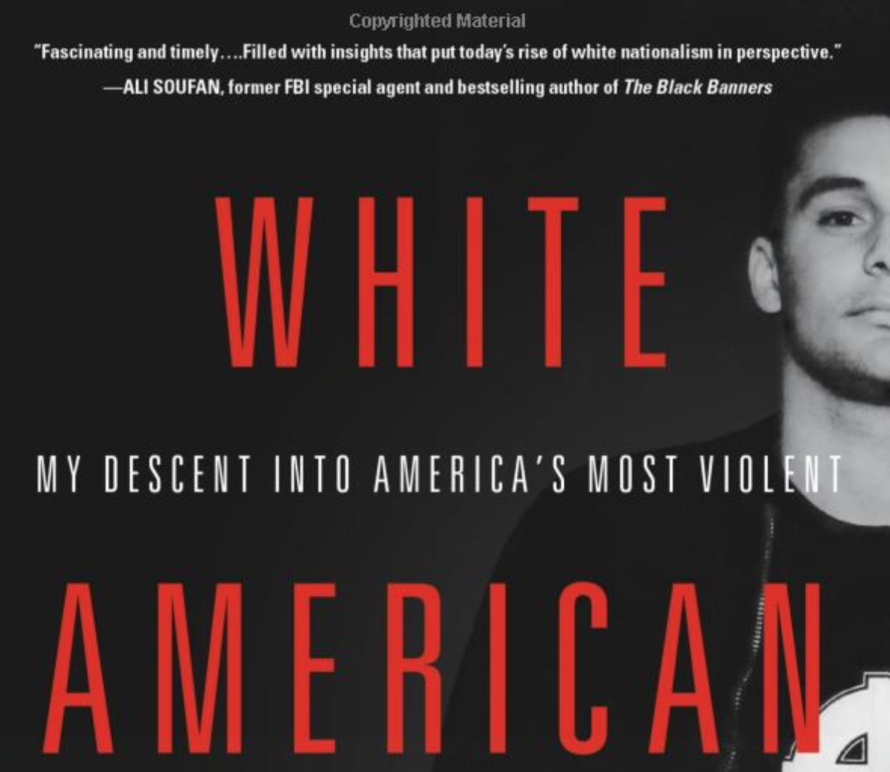
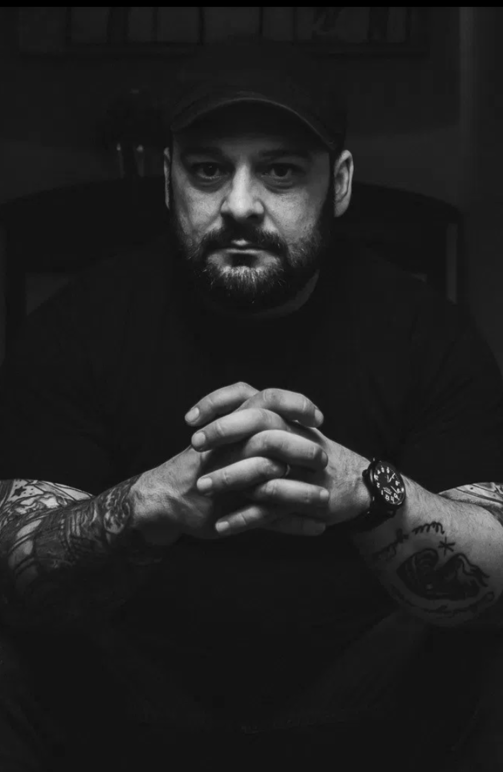
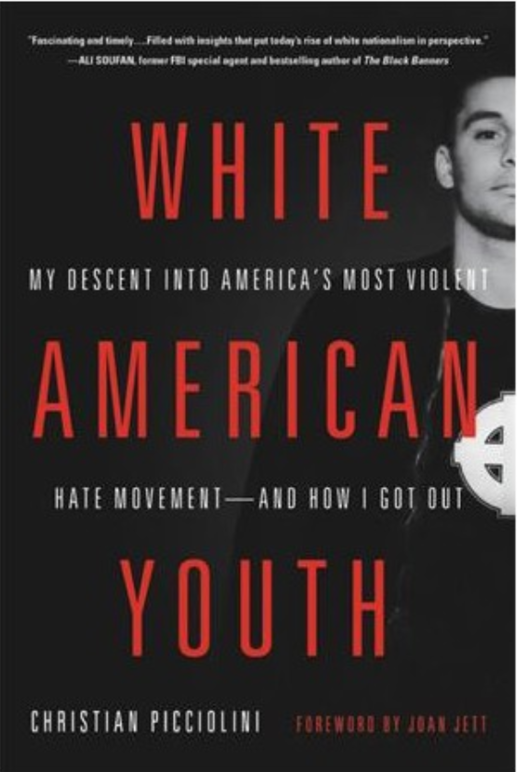



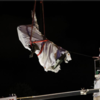
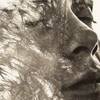

i-Italy
Facebook
Google+
This work may not be reproduced, in whole or in part, without prior written permission.
Questo lavoro non può essere riprodotto, in tutto o in parte, senza permesso scritto.